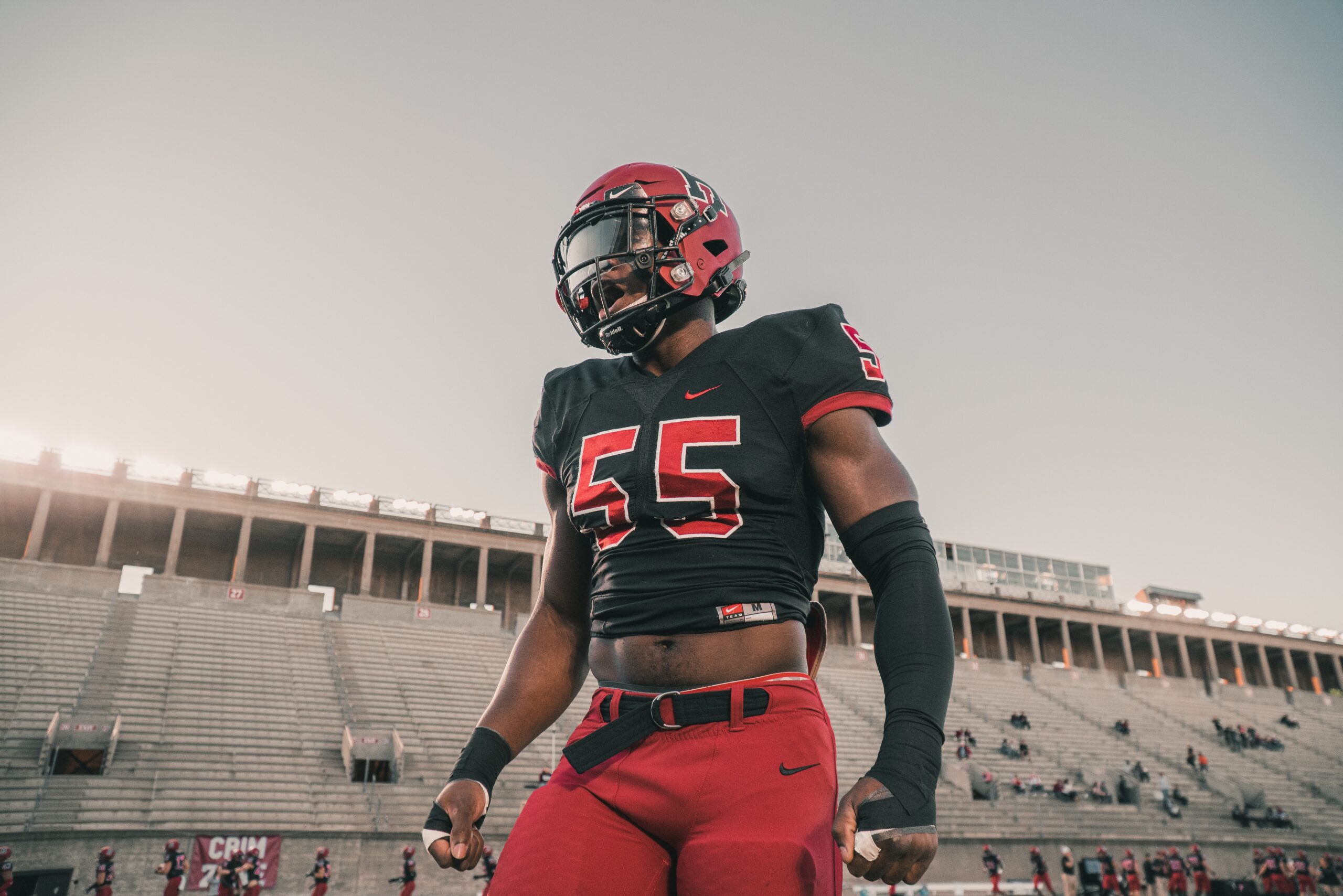How Smart Glasses Could Revolutionize Football

Cast your mind back a decade or so, and you may remember Google Glass. The first widely publicized ‘smart glasses,’ the prototype launched in April 2013 to a hail of publicity, cost $1,500 and was met with a host of concerns about privacy issues and potential for disaster. The UK actually banned driving in them before they even hit that specific market. Google stopped producing the prototypes in January 2015.
However, smart glasses are back, and now they’re here to stay. Indeed, some tech experts are predicting they could help elite athletes become even better. This, then, begs the question; could smart glasses make an impact in pro football?
What are smart glasses?
The wearable technology sector perhaps hasn’t boomed as was once predicted – most of us are quite happy to have a phone in our pocket without our jacket also being a phone. However, it’s in the fitness field where such advances have had the most impact. Smartwatches track our heart rates. Oura rings feed us data about our sleep quality. Garmin has quietly become a $20bn company even as GPS sales have slumped as athletes, amateur and pro alike, buy their Forerunners.
Smart glasses up the game a step. There are basic models such as the TechKen; at $20-ish, they’ll let you play music, and answer calls at the touch of a button, making a good replacement for earbuds when out jogging. More advanced pieces like the Stories range – Ray-Ban’s smart glasses – will record what you’re looking at in 12 megapixels with a single voice command. It is worth noting they have a blinking light that makes other people aware a user is recording, which does navigate privacy issues.
Smart glasses have even been developed that use augmented reality to help users with vision conditions, like the Patriot ViewPoint Low Vision Glasses, truly transforming lives.
Field of vision
So how could smart glasses make a big play in gridiron? For training and coaching, the implications could be massive. Competitive cyclists have been able to ditch their cycling computers through smart glasses’ heads-up displays giving them metrics also pertinent to football players like time elapsed, distance covered, and heart rate. One can see exactly how this would also be useful for distance running. On a simpler level, many smart glasses feature speakers in the legs, so they can also be used to listen to music without canceling surrounding noises and being potentially dangerous.
Fan’s eye view
For fans with optical conditions such as macular degeneration or Stargardt Disease, Augmented Reality-capable smart glasses could revolutionize their football viewing. Sufferers often have issues with their central field of vision, making focusing on the action from the stands difficult. These glasses allow the wearer to zoom in on objects the camera can easily define – large football players fit that definition – and can convert text into speech to translate TV captions and chyrons instantly. For the new breed of sporting vlogger, who like to film everything about their game day, from the journey to the park to the action on the turf, viewers on YouTube will be able to see the content literally through their eyes. For those of us who have little interest, it’ll beat being stuck sitting behind them in the stadium while they continually hoist their phones above their heads.
Pro points
Would football leagues allow the use of smart glasses on the field? Possibly. There aren’t any rules about wearing prescription glasses under a helmet, although there would be concerns about their safety and durability. Perhaps a pair could be designed in the vein of ski visors, or the goggles Eric Dickerson wore in his pomp. However, even on the sidelines, they could be invaluable. Imagine a pair of glasses connected to a team’s video server so they could pull up opponent footage in real-time – and then feed a cornerback live information about which route his receiver’s most likely to run. We just wouldn’t want to see the arguments between players and officials if a player’s glasses reckon he’s made a first down and the umpire doesn’t!
If Google Glass seemed to fail the first time around, it may have been because society wasn’t ready for the technology. Now the Internet Of Things has become very much a fact of modern life, from wi-fi-connected espresso machines to the Wilson X Connected Football, which gives the thrower feedback on speed, distance, and spin efficiency. League football is notoriously slow to adapt its rules – even as every inch of a field is mapped by multitudes of cameras and drones, the NFL still measures yardage with chains in the case of down disputes. Is it ready for smart glasses? Keep an eye out.